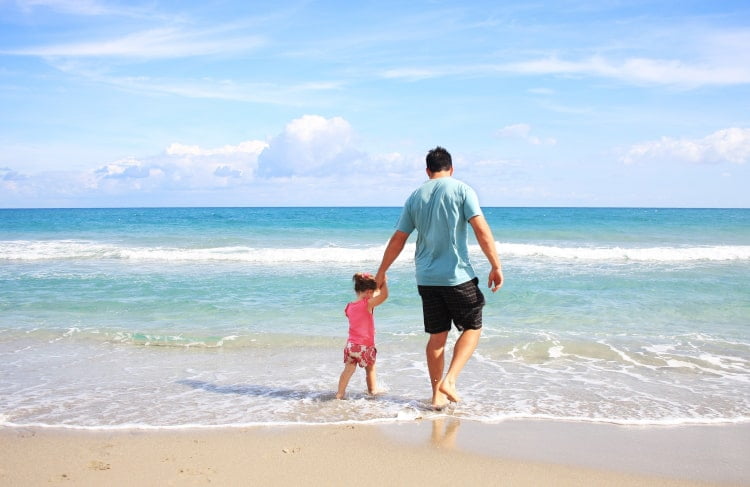Every parent waits longingly for his or her little one to start taking his or her first steps. For each child, this issue is individual, so the age at which a child begins to lift on his own strength can vary greatly.
Every parent waits longingly for his or her little one to start taking the first steps. For each child, this issue is individual, so the age at which a child begins to lift on its own strength can vary greatly. Walking shoes are recommended by specialists to purchase around the first year of a child’s life, and their main purpose is to move the toddler outside.

How does a baby take its first steps?
Experts are of the common opinion that the child should start walking naturally. It is absolutely not recommended to force the child to take the first steps. Our child will begin to discover his skills on his own over time and learn about the world around him. The child should start learning to walk barefoot. It is very important to provide him with the right conditions – removing dangerous objects from the ground or securing furniture. With bare feet, the toddler experiences stimulating stimuli, which are extremely important when taking the first steps.
Shoes for learning to walk are necessary, because over time the child will want to get out of the stroller and walk on his own. When we are outdoors, on a walk, the environment is not conducive to walking barefoot – then the first shoes will work perfectly. However, what should it be characterized by?
First shoes for a child – the most important features
Shoes for learning to walk must be carefully selected, that is, they should meet certain standards. Important is the hardness and flexibility of the sole, which must bend in about 1/3 of its length, in addition, it should also twist sideways. Another feature is lightness, as the construction of the shoes must not be too heavy and put unnecessary strain on the child’s feet. Shoes for learning to walk must be breathable and soft – so the quality of materials is important. Selecting the right materials ensures proper air ventilation, so that the toddler’s foot can breathe. A well-fitted heel counter ensures stability. The interior of the shoes should be characterized by sufficient space for the child’s toes. The upper must end below the toddler’s ankle. Many people mistakenly believe that the ankle should be stiffened – this type of footwear does not support walking skills. It is also not recommended to put additional insoles in the shoes.
Baby shoes are therefore very important in the early stages of development, so it is important to choose the right model. Manufacturers offer us a wide selection, but these shoes are not always fully safe.

